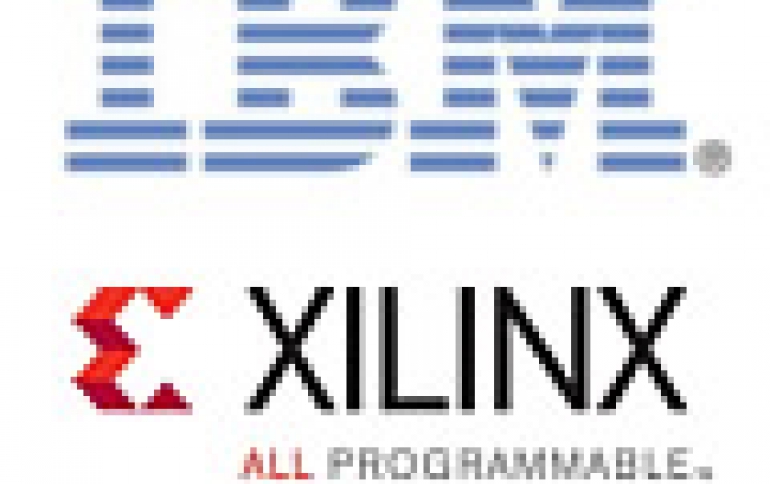
IBM, Xilinx target Intel With Chip Collaboration
IBM has partnered with chip maker Xilinx to expand the use of IBM Power processors in servers, as the companies are trying to grab some market share from Intel in the data center market. The announcement was made on Monday by IBM as part of its Open Power effort, which it launched last year to breath new life into Power by licensing the design for use by other companies.
The multi-year strategic collaboration will enable higher performance and energy-efficient data center applications through Xilinx FPGA-enabled workload acceleration on IBM POWER-based systems. IBM and Xilinx, through a private signed agreement and collaboration through the OpenPOWER Foundation, are teaming to develop open acceleration infrastructures, software and middleware to address applications such as machine learning, network functions virtualization (NFV), genomics, high performance computing (HPC) and big data analytics.
As these heterogeneous workloads have become increasingly prevalent, data centers are turning to application accelerators to keep up with the demands for throughput and latency at low power. Xilinx All Programmable FPGAs deliver the power efficiency that makes accelerators practical to deploy throughout the data center. IBM's open and licensable POWER architecture together with Xilinx FPGAs provide performance, performance/watt and lower total cost of ownership for the next generation data centers workloads.
As part of the IBM and Xilinx strategic collaboration, IBM Systems Group developers will create solution stacks for POWER-based servers, storage and middleware systems with Xilinx FPGA accelerators for data center architectures such as OpenStack, Docker, and Spark. IBM will also develop and qualify Xilinx accelerator boards into IBM Power Systems servers. Xilinx is developing and will release POWER-based versions of its software defined SDAccel Development Environment and libraries for the OpenPOWER developer community.
Additionally, IBM and Xilinx will continue to further utilize IBM's Coherent Accelerator Processor Interface (CAPI). CAPI, a feature built into the POWER architecture, provides Xilinx and the technology industry at large with the ability to build tightly integrated, coherent solutions right on top of the POWER architecture. For example, independent software vendors are already leveraging IBM Flash Storage attached to CAPI to create very large memory spaces for in memory processing of analytics, enabling the same query workloads to run with 1/24 the number of servers compared to commodity x86 solutions. These enable POWER8-based systems to continue where the promise of Moore's Law falls short.
Qualcomm has also announced plans to develop its first ARM server chip, and said it was working with Xilinx to combine FPGAs with ARM processors.
But Intel is already combining its chips with FPGAs, a strategy that will accelerate with its planned purchase of Altera.





















